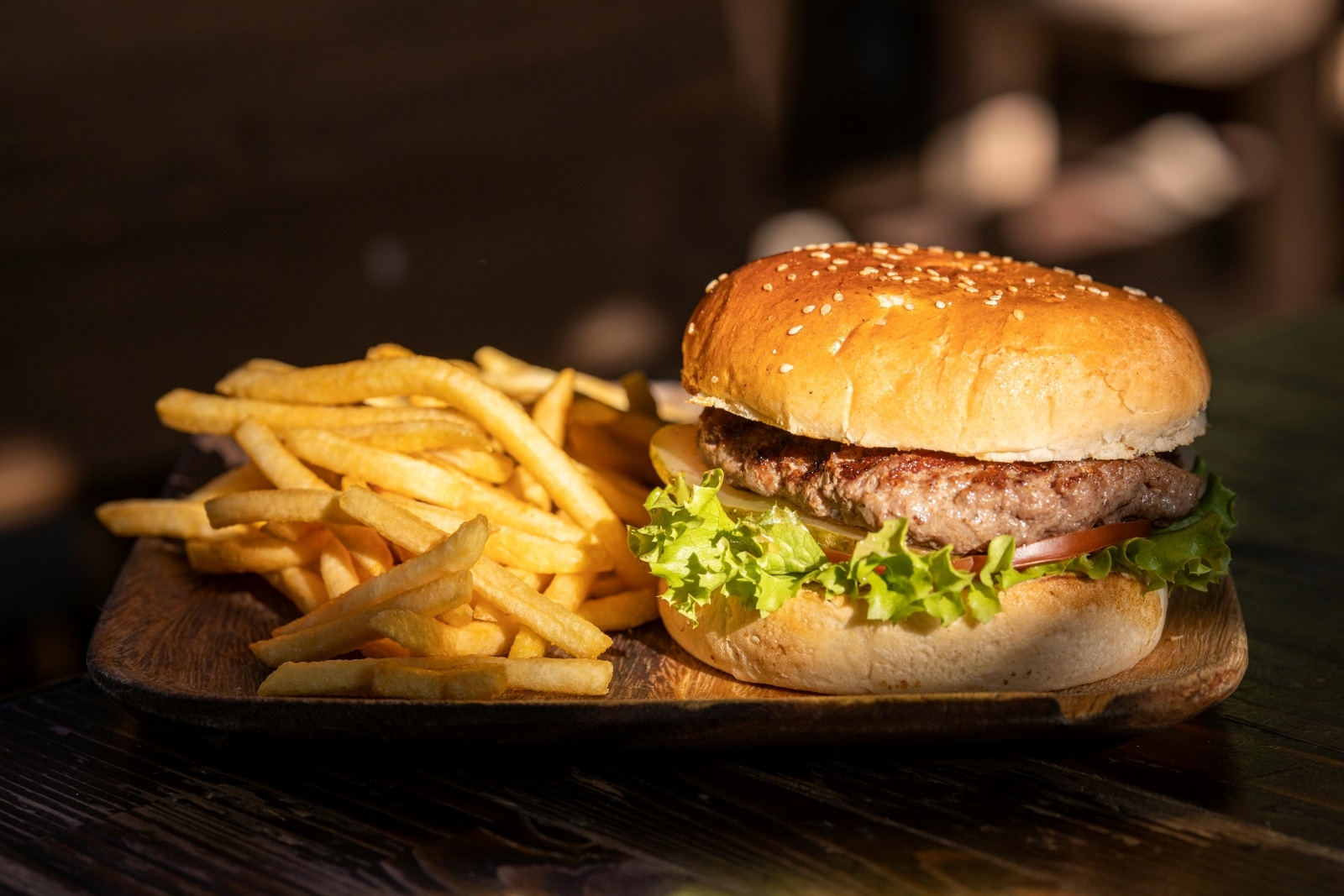Globally, vision-related issues are among the most common and the most costly. In the US, around 12 million adults over 40 live with some form of vision impairment. Alongside this, almost 7% of children are diagnosed with a vision or eye condition. The good news is that there are budget-friendly eye care tips that can help manage these issues without breaking the bank.
The CDC explains that while such ocular concerns are known to cause significant issues regarding overall quality of life, most people tend to avoid specialized treatment due to the high cost of care. For reference, the lowest a patient can pay in relation to eye care is between $50 to $100 dollars for an eye exam without insurance. This amount naturally increases depending on the severity of the eye condition and the seriousness of the treatment needed.
The good news is that you can avoid such pricey bills by adopting proactive eye care habits that won’t demand much of your budget, either. Here are some budget-friendly eye care tips that you and your loved ones can start today.
Use Sunglasses Religiously

Sunglasses are more than a cute accessory. According to specialists, sunglasses with the right lens coatings can block out 100% of harmful UV rays, so you should wear them whenever you leave. Thankfully, sunglasses of different price points are readily available on the market today.
Notably, retailers like Eyebuydirect offer dark-tinted sunglasses in popular styles like Avaiators at around $45. If you want to spend even less, you can opt for clip on sunglasses. Eyewear provider Foster Grant notes that clip-ons are an affordable alternative since you simply attach them to your existing frames.
If you already wear prescription glasses or readers, then clip ons can upgrade them to provide 100% UVA and UVB protection. Since clips on brands like Haven and Solar Shield can also have polarized coatings, they can filter out painful glare and improve visual comfort and contrast. By using these sun-protective eyewear regularly, you’re protecting your eyes from many sun-related conditions, such as sunburn, retinal degradation, and more.
Apply Sunscreen Daily

Most people apply sunscreen on their face and body but fail to do so on their eyelids. This carries a lot of risk, given that the eyelids are exposed to a lot of direct sunlight despite having some of the thinnest skin. Over time, this can result in serious ailments, including skin cancer or drooping eyelids – both of which are expensive to treat.
With this in mind, make sure to apply an even coat of sunscreen on your eyelids daily. To avoid eye-stinging, choose a sunscreen with a light fragrance-free formulation that is less likely to drip into your eyes. Gel and watery sunscreens work best in this regard, but a stick sunscreen is also great for touchups.
Physical sunscreens may also be more comfortable to use in this area since they don’t usually include oxybenzone and avobenzone, which can cause a burning sensation in some people. Now, while brands like Supergoop do offer eye-specific sunscreens that are worth the investment, more budget-friendly manufacturers like Blue Lizard offer mineral sunscreens for under $15 that are just as good and gentle around the eyes.
Cut Out Fast Food

Finally, this tip has less to do with adding something on and more about cutting a habit out. While some fast food every now and then isn’t bad, eating too much of it can impact your finances and your eye health.
A Drive Research study found that most American families spend almost $150 on fast food every month. This is apart from the fact that most fast food chains have historically increased their prices by 2% annually. As mentioned above, fast food doesn’t just hurt your wallet but also your eyes.
Fast food menus have notoriously high levels of sodium and fat. For instance, the KFC Famous Bowl has an estimated 700 calories and excessive amounts of sodium. Meanwhile, one Popeye’s Chicken Sandwich has around 40 grams of fat. Consuming high amounts of sodium and fat is known to restrict blood vessels. This can increase the risk of cataract formation and intraocular blood pressure, both of which can eventually lead to vision loss. Per person, blindness costs around $17,000 per year.
The post 3 Eye Care Tips That Won’t Hurt Your Budget first appeared on Mama Say What.
Featured Image Credit: Pexels / Daniel Xavier.





